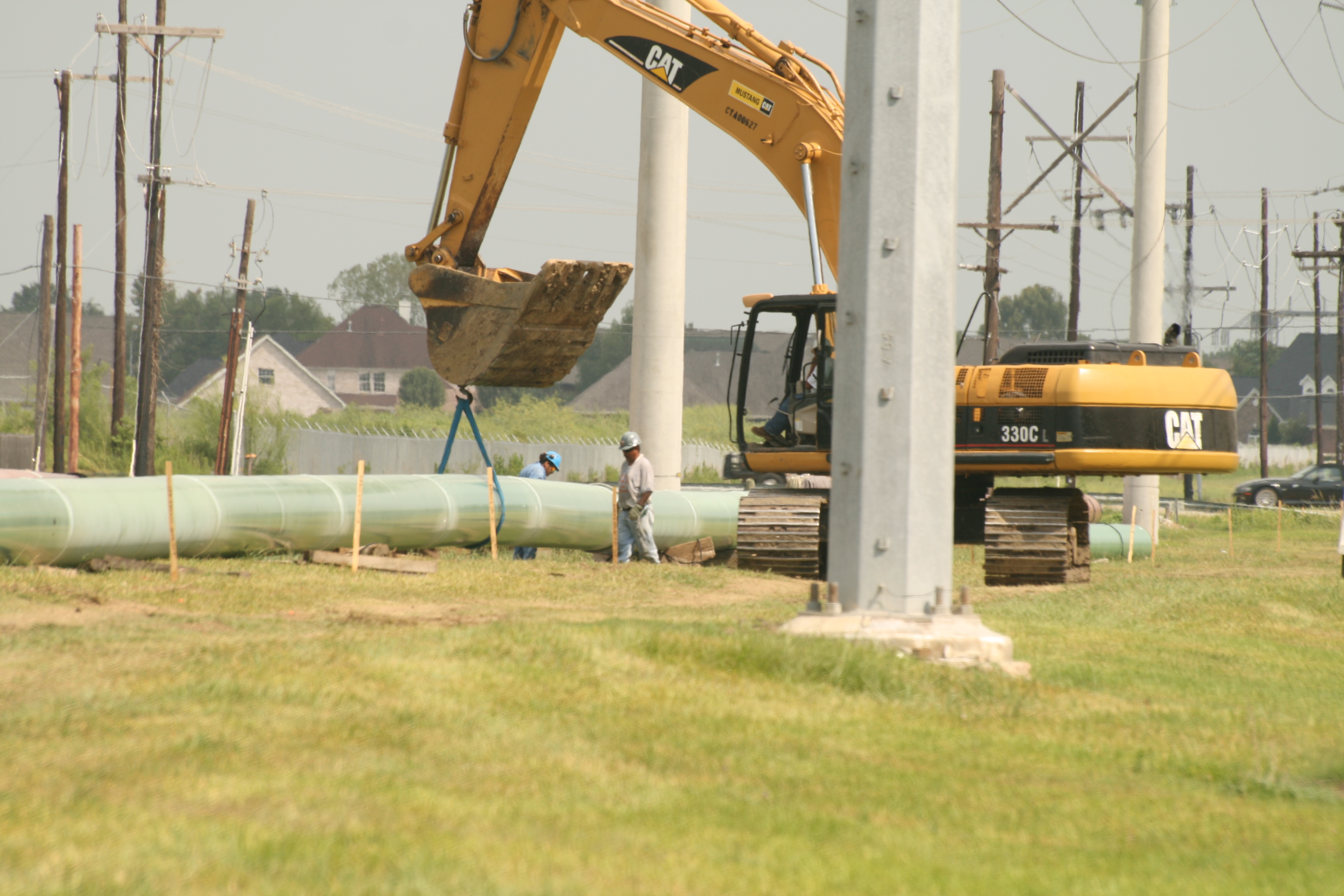
To the Canadian government: Consider all greenhouse gas emissions from oil and gas projects
The Canadian government wants to know what you think about its plans to consider “upstream” greenhouse gas emissions associated with “major oil and gas projects.” But whatever you do, don’t look downstream – there’s no dirty fossil fuel pollution to see there, upstream is much prettier to look at. Since 89% of emissions for a project may be from so-called “downstream” emissions (in the case of the Kinder Morgan Pipeline, for example), that’s a major emission omission.
Upstream v. Downstream Emissions
First, here’s a quick lesson in terminology: Upstream emissions, for an oil or gas pipeline, are those emissions involved in getting oil and gas out of the ground and into the pipeline. Environment Canada says that for oil and gas projects, “in general [upstream emissions] include extraction, processing, handling and transportation.” (It’s worth noting that upstream emissions for tar sands projects are higher than for most other oil and gas projects).
Downstream emissions are those that happen after the oil and gas has left the pipeline and is burned by its end-users.
The thing is, both sets of emissions pollute our atmosphere, and both result directly from the construction of the pipeline.
In its election platform, the Liberal Party of Canada promised Canadians that it would develop a system where federal environmental assessments include “an analysis of upstream impacts and the greenhouse gas emissions resulting from the projects being assessed.”
It’s pretty clear that the greenhouse gas emissions “resulting” from a pipeline include the downstream emissions that occur when the oil or gas is burned. That’s the approach that is used in the US for federal environmental assessments (under the National Environmental Policy Act):
[E]missions from activities that have a reasonably close causal relationship to the Federal action, such as those that may occur as a predicate for the agency action (often referred to as upstream emissions) and as a consequence of the agency action (often referred to as downstream emissions) should be accounted for in the NEPA analysis.
It makes sense that it’s not possible to evaluate only some of the benefits and costs of a project, and arbitrarily exclude a whole set of costs that directly result from the project. If we are to exclude downstream costs, then we should also exclude downstream benefits of a project, namely the demand and need for the product, and pretend that these are pipelines to nowhere. Given that the Kinder Morgan and Energy East pipelines (not to mention Enbridge Northern Gateway) are all for export, the whole raison d’être of these projects – as flawed and fragile as they already are – would fall apart.
Take action
There’s no time left to make exceptions. If the federal government is serious about addressing climate change, it cannot continue to ignore the downstream climate costs associated with pipelines and other fossil fuel infrastructure projects.
That’s why we’re asking you to write to the government to ask them to keep their promise to evaluate the impacts of all greenhouse gas emissions “resulting from the projects being assessed.” You can email your comments to ec.dpger-ogaed.ec@canada.ca or use the form below to send your submissions by 18 April 2016.
[UPDATE: April 19, 2016 -- The comment period is now closed.]
By Andrew Gage, Staff Lawyer
Photo: Oil pipeline construction (Ray Bodden via Flickr)